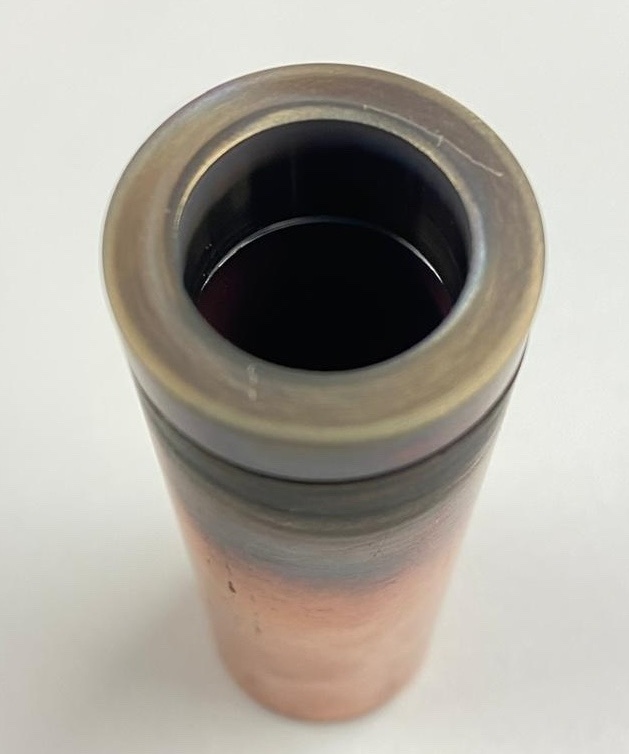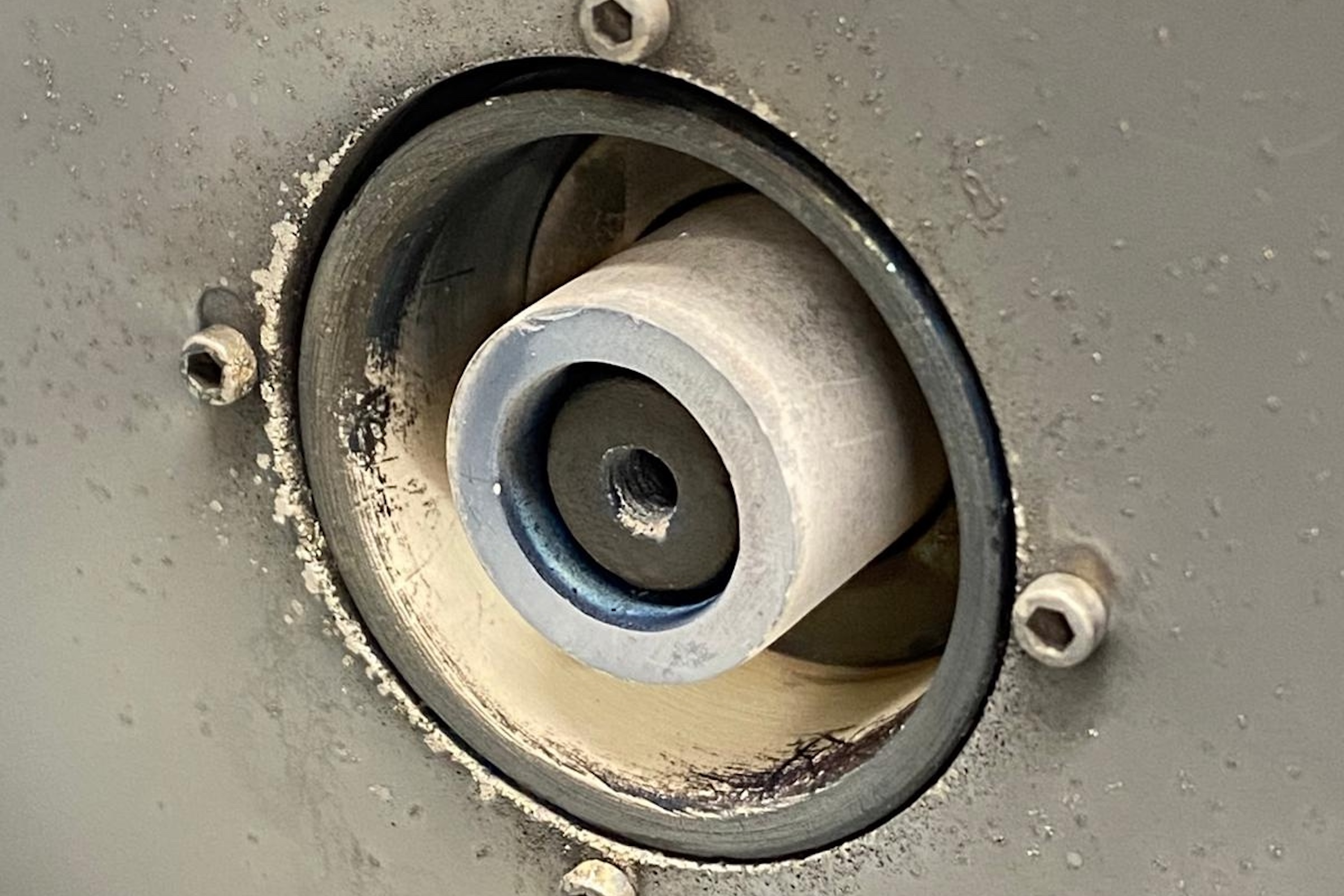Motivation and background
The growing use of electric propulsion (EP) systems for various space applications, from orbit maintenance to interplanetary travel, has seen numerous propulsion system archtectures develop into reliable tools. Most prominently, the Hall Effect Thruster (HET) has been especially developed due to their high thrust density, leading to their compatability with various mission objectives. However, their dependence on nobel gas propellants such as xenon and krypton has the potential to halt technological development. Originating primarily from the fluctuous nature of xenon/krypton prices, and the scarcity of these resources, a push for cheaper and more sustainable HET propellants is evident within the sector. Benefits such as its low cost, abundance both on Earth and within the wider solar system, In-Situ Resource Utilisation (ISRU) potential, and possible synergies with existing spacecraft subsystems, water has been labelled as one of the most promising alternative HET propellants.

The development of water-fuelled HETs at the IPPL began in 2019, where a proof of concept for utilising the products of water electrolysis (oxygen for the anode supply and hydrogen for the cathode) was proposed. Further developments of the Water-Electrolysis Hall Effect Thruster (WET-HET) involved geometry optimsations and performance increases via radiofre- quency (RF) excitation between 2020 and 2022. Major subsequent milestones included the first EP demonstration using oxygen and hydrogen from pressurised bottles in 2022, and then using a direct electrolyser feed in 2023, showcasing the first end-to-end demonstration of the technology.
The interaction of high-energy oxygen plasmas with thruster materials such as metallic electrode components (Fig.1) and the ceramic channel walls (Fig.2) has been a serious concern since 2019. The formation of an oxidation layer within the WET-HET can have potentially life-limitting effects due to its non-conductive properties. Moreover, channel erosion via ion bombardment has proven to be a prominent failure mechanism of several HET designs within the EP industry. In this study, both phenomena aim to be effectively eradicated using novel material coatings and magnetic topologies that reduce wall-incident ion motion.
Approach
Initial lifetime testing of the WET-HET will highlight the life-limiting oxidation reactions and provide quantitative data regarding the endurance capabilities of the technology.
An investigation into novel material coatings of surfaces especially susceptible to oxygen ion exposure, and thus oxidation, is to be completed. Rhodium, due to its reduced oxidation rates at high temperatures, and chromium, due to the conductive properties of its oxidation layer, both emerge as potentially viable alternative surface materials.

Magnetic shielding topologies are also expected to be implemented into the thruster design with the aim of reducing wall-incident flux and imp
act kinetic energy of ions entering the plasma sheath and striking the wall material. With this altered magnetic field, it is expected that both oxidation and erosion (the primary failure mechanism of many HET designs) will be reduced during longer duration operational tests.
Throughout the study, computational tools are constantly used to compare and better visualise the fundamental behaviour of high-energy oxygen plasmas and their interactions within the magnetic field. Finite Element Method Magnetics (FEMM) simulations are utilised to reconfigure the magnetic field topology to enable shielding mechanics. Whereas the in-house developed Particle-In-Cell (PIC) code, ParticleSim, is to be used to analyse particle-field dynamics.
Obtained and/or anticipated results
As Hall Effect Thrusters (and EP thrusters in general) are low thrust, high efficiency devices, there endurance capabilities need to be much higher than chemical propulsion systems. To label water-fuelled HETs suitable for typical space applications, such as those defined above, on the order of 10,000 hours of operation without significant loss of performance should be experimentally proven.
Main contact